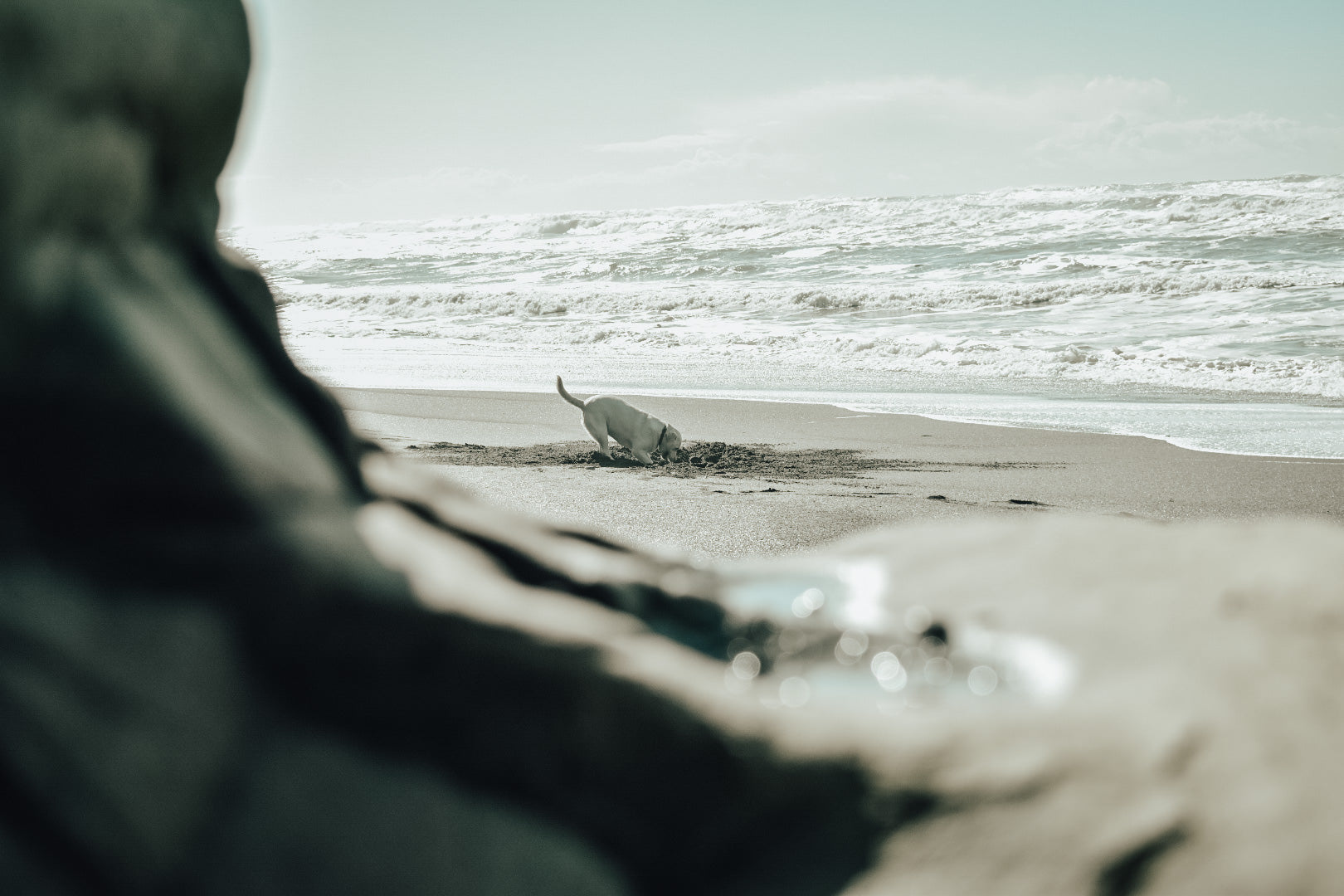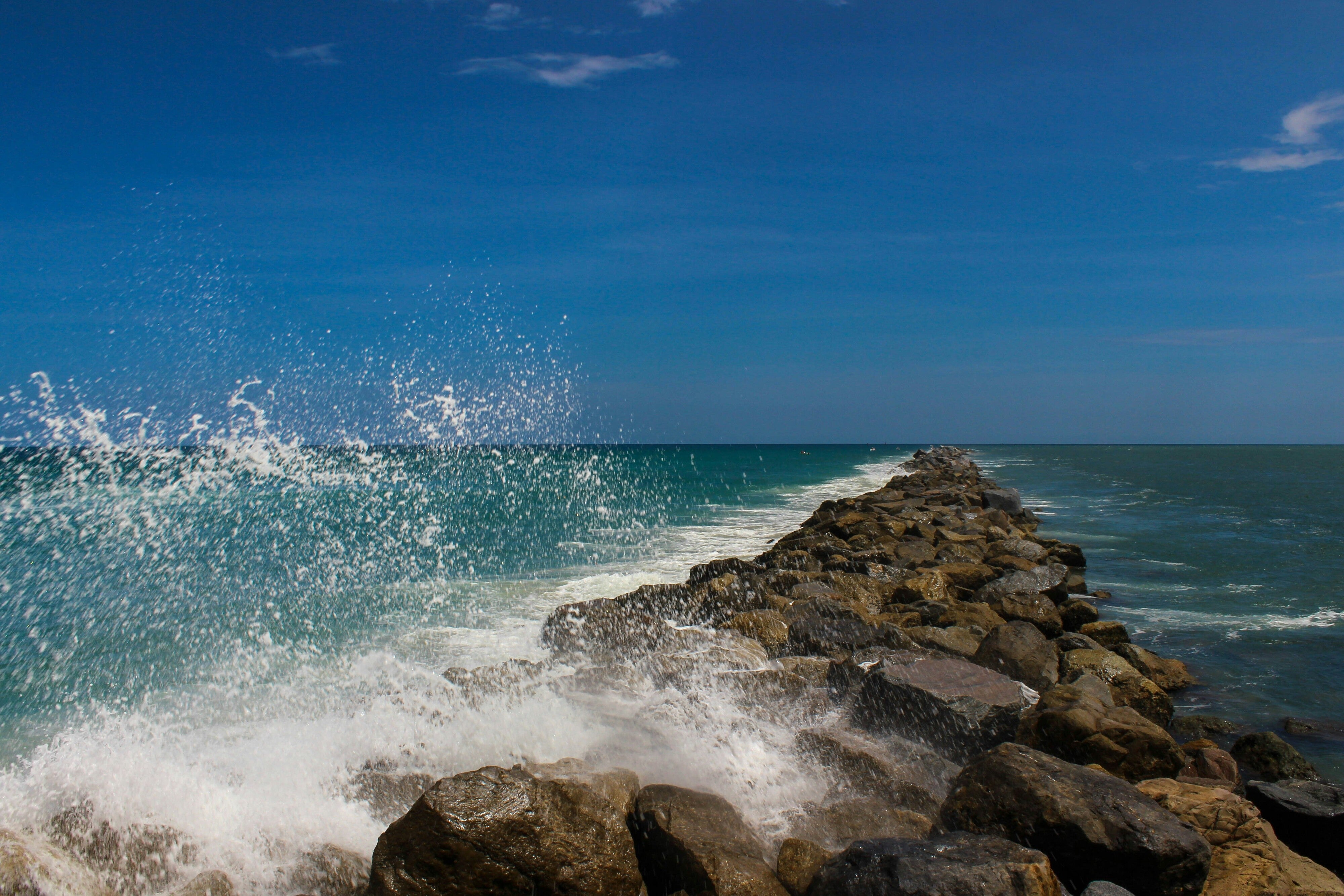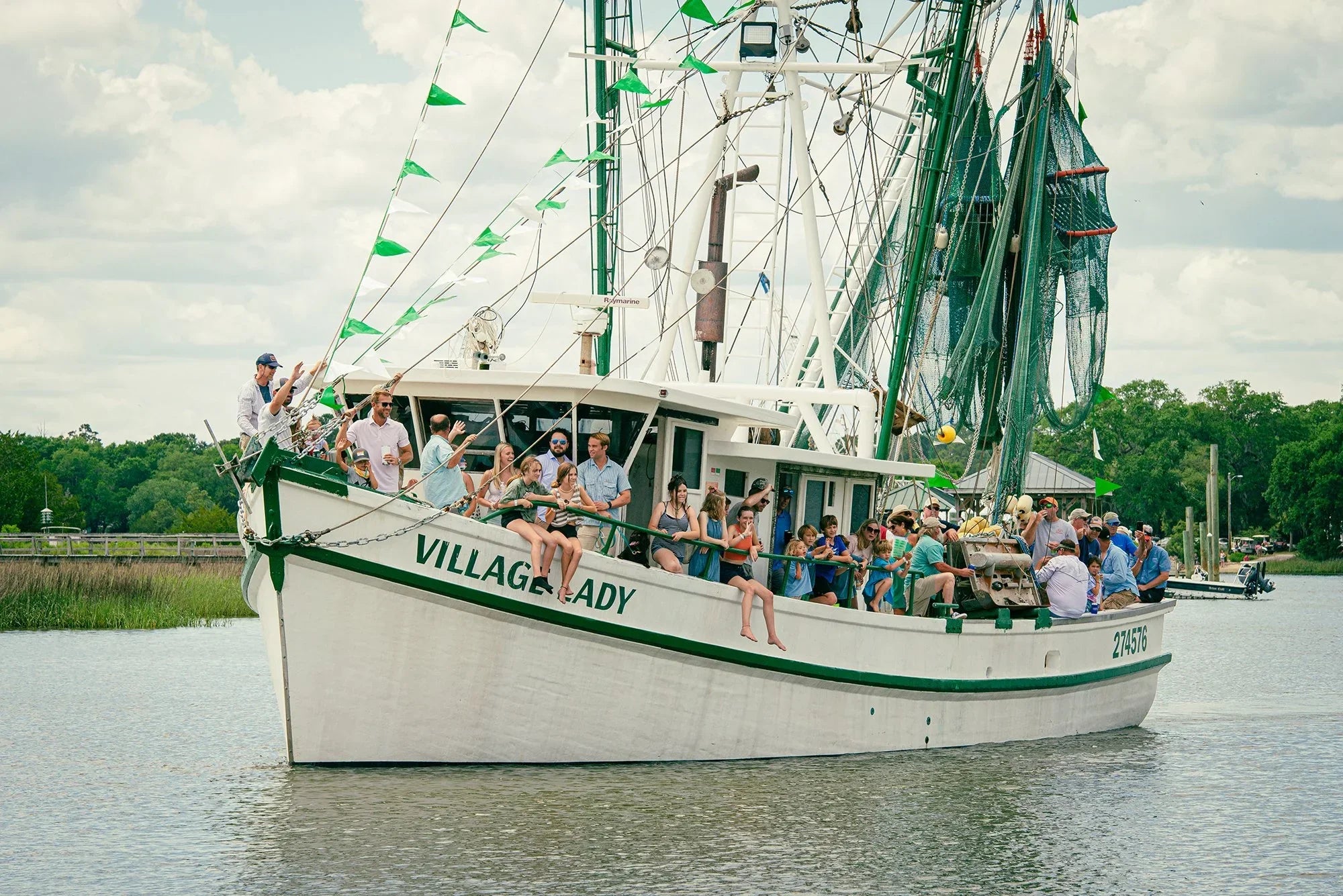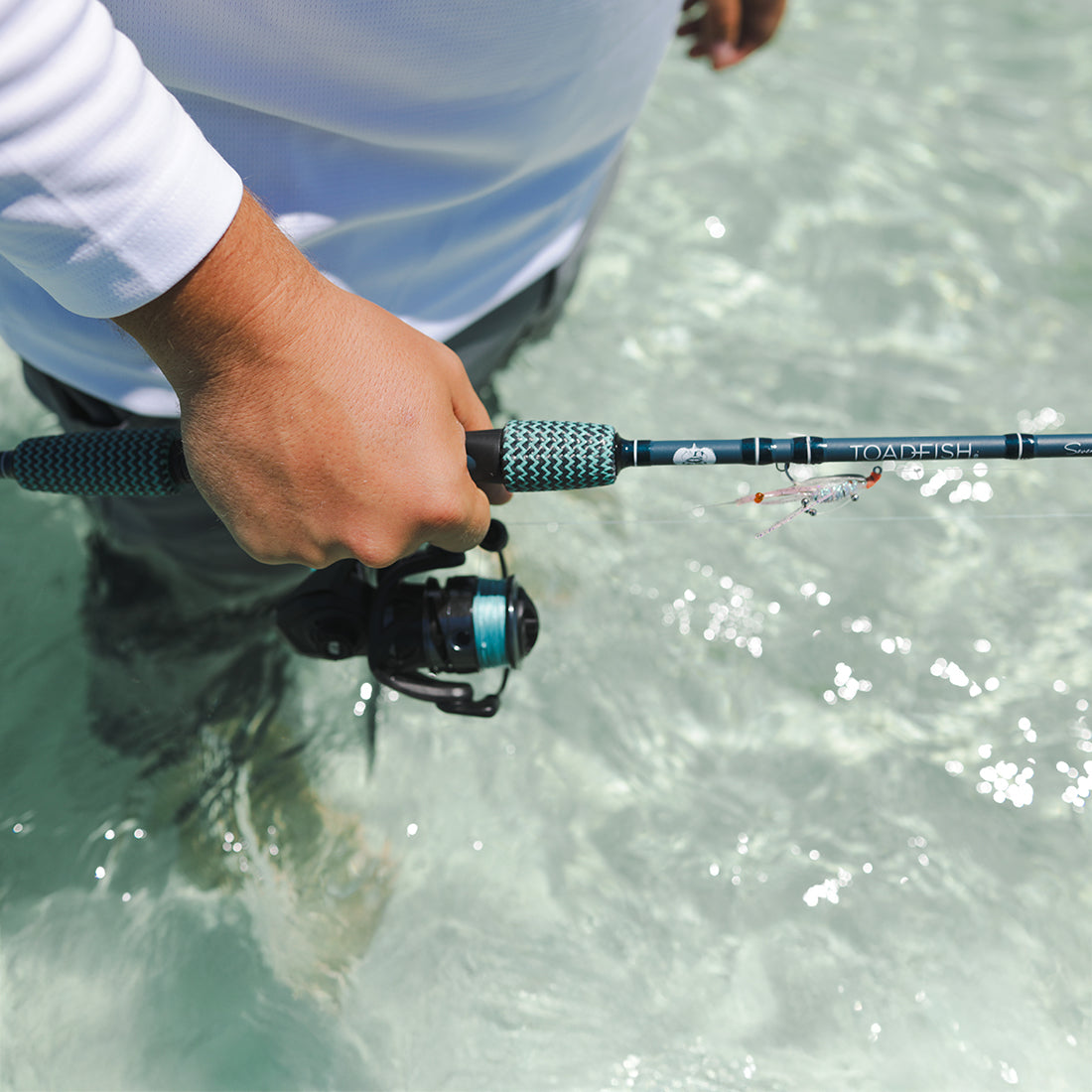Charleston In 2022 hit a record high $12.8 billion in tourism dollars, nearly a quarter of the local economy. The sandy beaches of South Carolina are some of the most beautiful beaches I have ever laid my eyes on and one of the big reasons that record was broken. With the warm Atlantic Ocean, sharks teeth, and quickly eroding beaches what is not to love! And if we continue on this path we won't have any more public beaches left! Wait… that is not cool or exciting. While beach erosion is not limited to the South Carolina coast it is a big problem for the Low Country. Water, wind, and other natural forces cause the beach sand to move; this movement changes the shape of the land. While this is a natural phenomena it is important to remember how much we have changed the landscape and how it is affecting this erosion.
Why Are The Beaches Losing Sand
If you remember our previous Marsh Madness article about estuaries, you will remember learning about our barrier islands. Well, the seaward side of the barrier islands is where you and your family go to the beaches. Islands like Folly Beach, Edisto, Sullivans Island, and Isle of Palms are all barrier islands.
So if wind, water, and storms have been moving the sand on these barrier islands for eons why do we care? This argument is unfortunately a castle built on sand because we have altered our environment drastically in the short time we have been here. The two major developments that have caused a great deal of change to our environment are dams and jetties or groins.
The construction of dams on rivers have been in ways a double edged sword. On the positive side, dams provide hydroelectric power to 28% of our population in the United States. While this is good it is always important to remember that everything humans do to the environment mother nature will react to. In this case when dams are installed onto rivers this restricts the flow of nutrients, sand, and silt down rivers. This restriction severely impacts the beaches next to the mouth of the rivers. This is because streams and rivers can provide up to 75% of our beaches' sand. So If the dammed rivers can not provide new sand to our beaches we will ultimately wind up losing our beaches.
Groins and jetties are structures that are built perpendicularly to the islands they are built off of. Not unlike dams, jetties and groins also affect the flow of sediment. However instead of restricting the flow of new sediment the jetties or groins restrict the flow of old sediment. Barrier island beaches not only rely on sediment from rivers but they also rely on substrate from islands upstream of the longshore currents. How this process works is sand is transported from one island to another via currents. So when man made structures like jetties or groins restrict the flow of these currents sediment begins to pile up on the current side of the arms and the substrate on the down current side is quickly removed.
How Is Erosion Affecting The Beaches In South Carolina?
Now begin to look introspectively at our own issues here in Charleston. As previously discussed when jetties are put into place the downstream side loses access to both the replenishing sand and the recycled sand. So, what are some examples of this here in Charleston?
Many people reading this article have either lived in Charleston or visited Charleston and have family or friends in the surrounding areas. Morris Island and Folly Beach have been summertime fun staples for locals and tourists alike for generations. It does not take a geologist to see what is happening on these two islands and realize something is up!
The case for Morris Island, the very northern tip has lost a great deal of landmass over the last decade. Currently there are no studies being done to look into the cause of the tidal creep. However, there has been a great deal of speculation as to why the erosion has been so dramatic on that particular point. The Army Corps of Engineers was asked about this, and they blamed Mother Nature. Charleston has seen a great deal of meteorological events over the last decade. However, I strongly believe that this is something we need to look into, as a deteriorating barrier Island could be catastrophic for those who rely on Morris Island for protection from hurricanes and storms.

Folly Beach is another spot where families have been making memories for generations! In fact the first home my Dad ever rented was on Folly Beach. Unfortunately, we have been living with the effects of beach erosion, at least on this island, for the last 80 years. In the 1940s and 1950s, the town installed 48 timber and rock groins perpendicular to the beach. Doing so after beach erosion had already claimed some beachfront homes. More recently, 9 groins were repaired in 2014 to continue this line of protection for tourists and beachfront homeowners.
Today, we started seeing erosion on the north end of the Isle of Palms near the breaches inlet. One homeowner has taken it upon himself to protect his property by putting up a seawall to protect his property. However, this has sparked controversy among government agencies (OCRM and DHEC) that have jurisdiction on the beaches here in South Carolina. DHEC issued the property owner a cease and desist letter for building the wall, which they learned about in December 2023 when a large storm exposed the wall. South Carolina had banned beach erosion control structures in the late 1980s. South Carolina elected to have these rules in place because of the impacts seawalls may have on other property owners.
So, unfortunately, this is a problem that has a challenging fix. It will likely be years before we see any progress on these issues. However, the more people know that our barrier islands are quickly eroding, the quicker something will be done about it.











Share:
Endangered Species: The Atlantic Sturgeon
The Easiest Ceviche For A Beach Bum
9 comments
aGhBHpeiqnm
eOXZNgmi
Blan Codarcea
Kemara Najt
Erisha Van assche